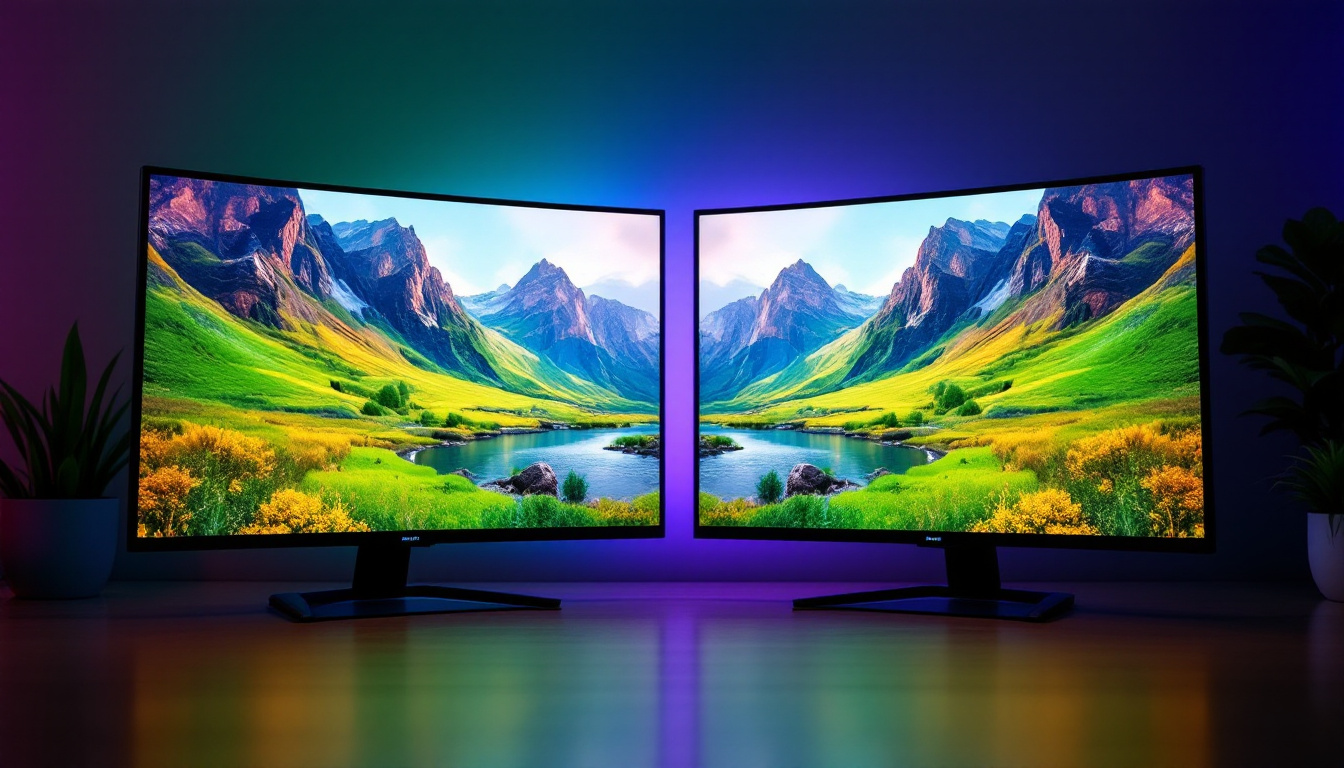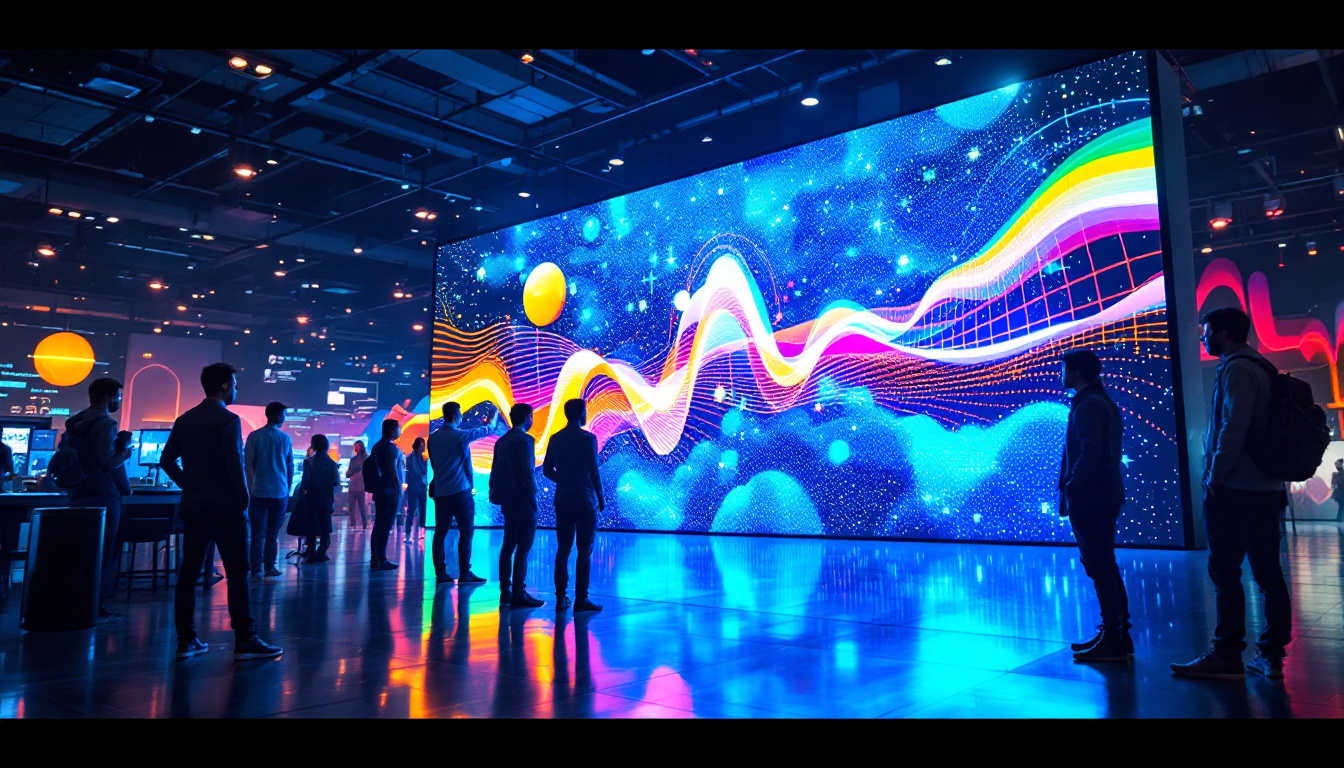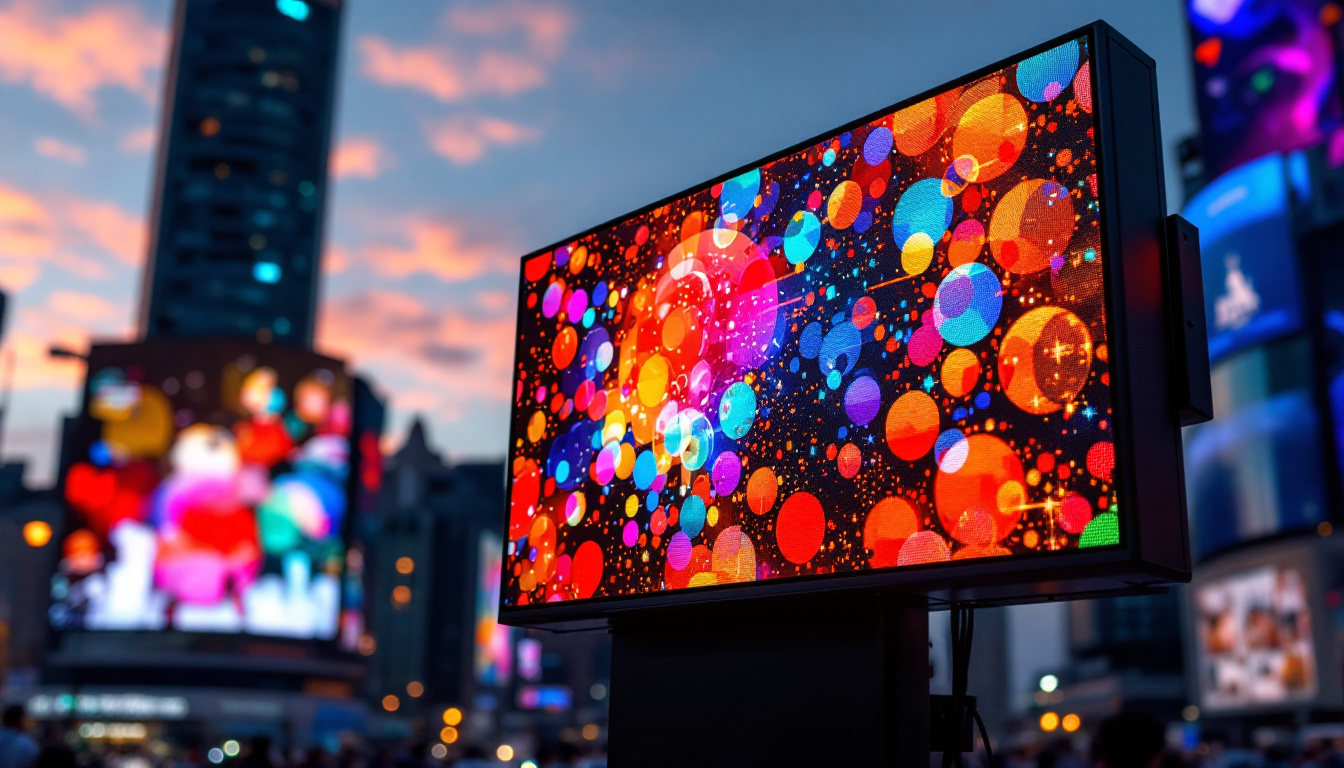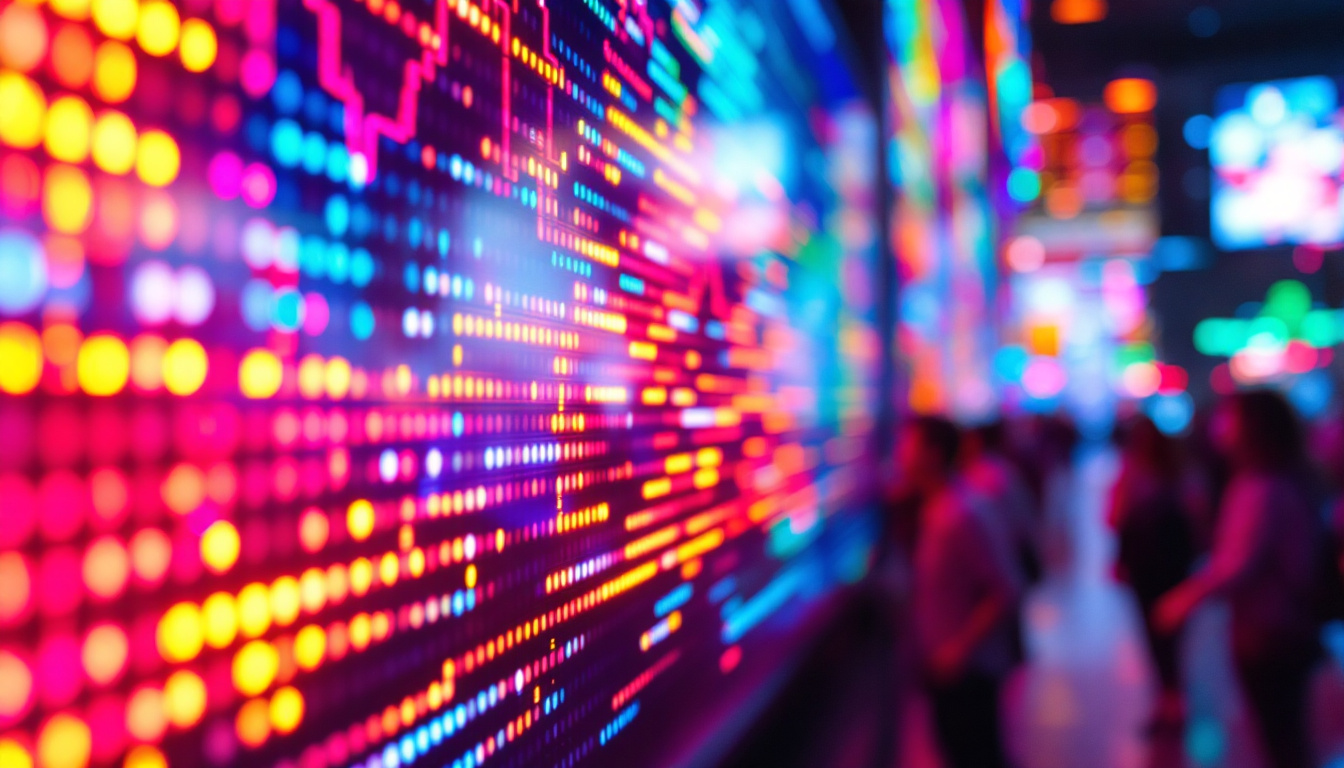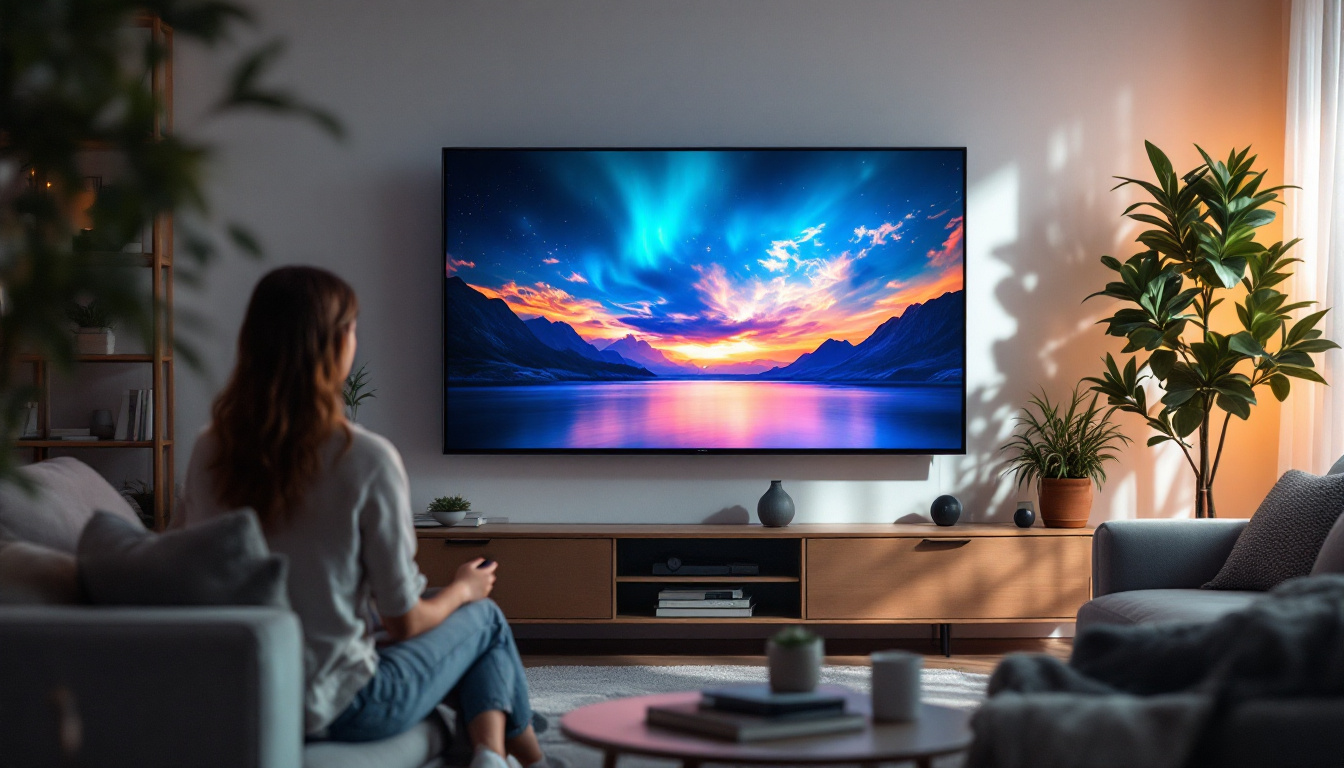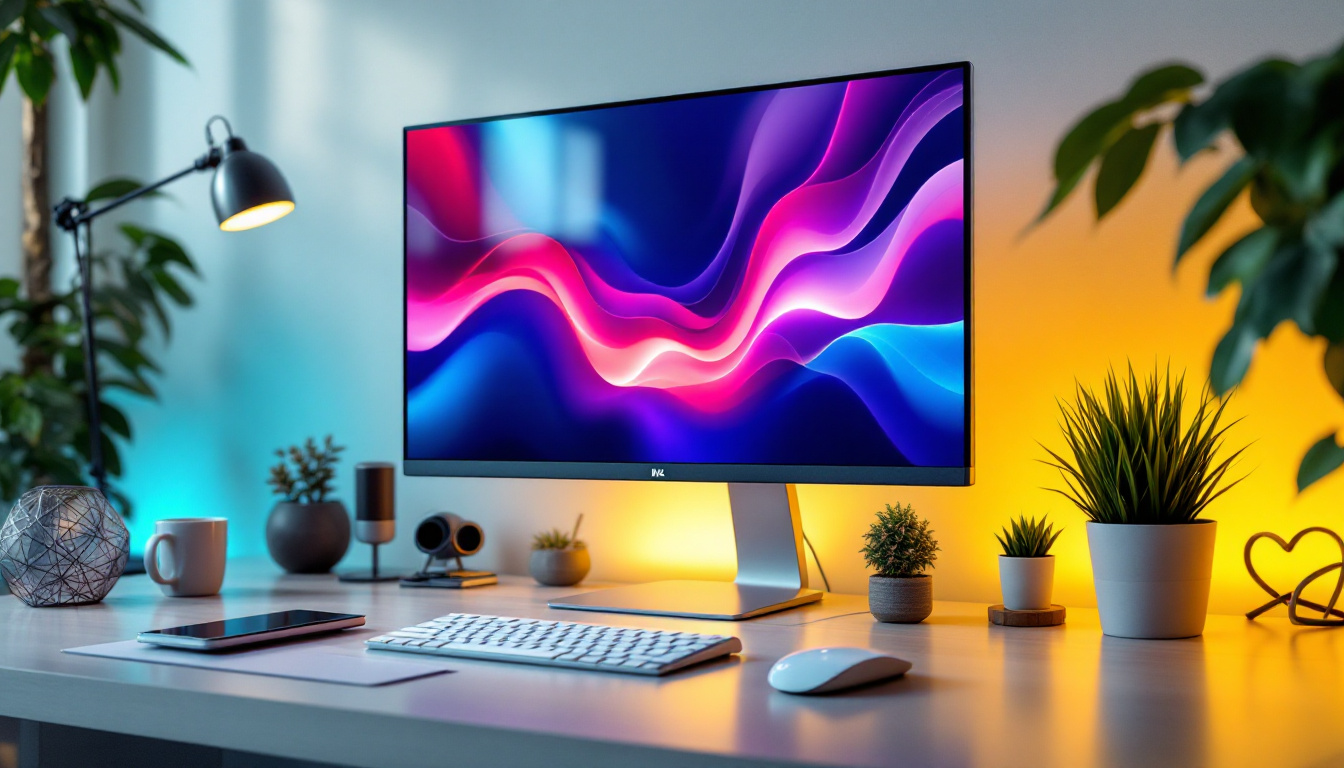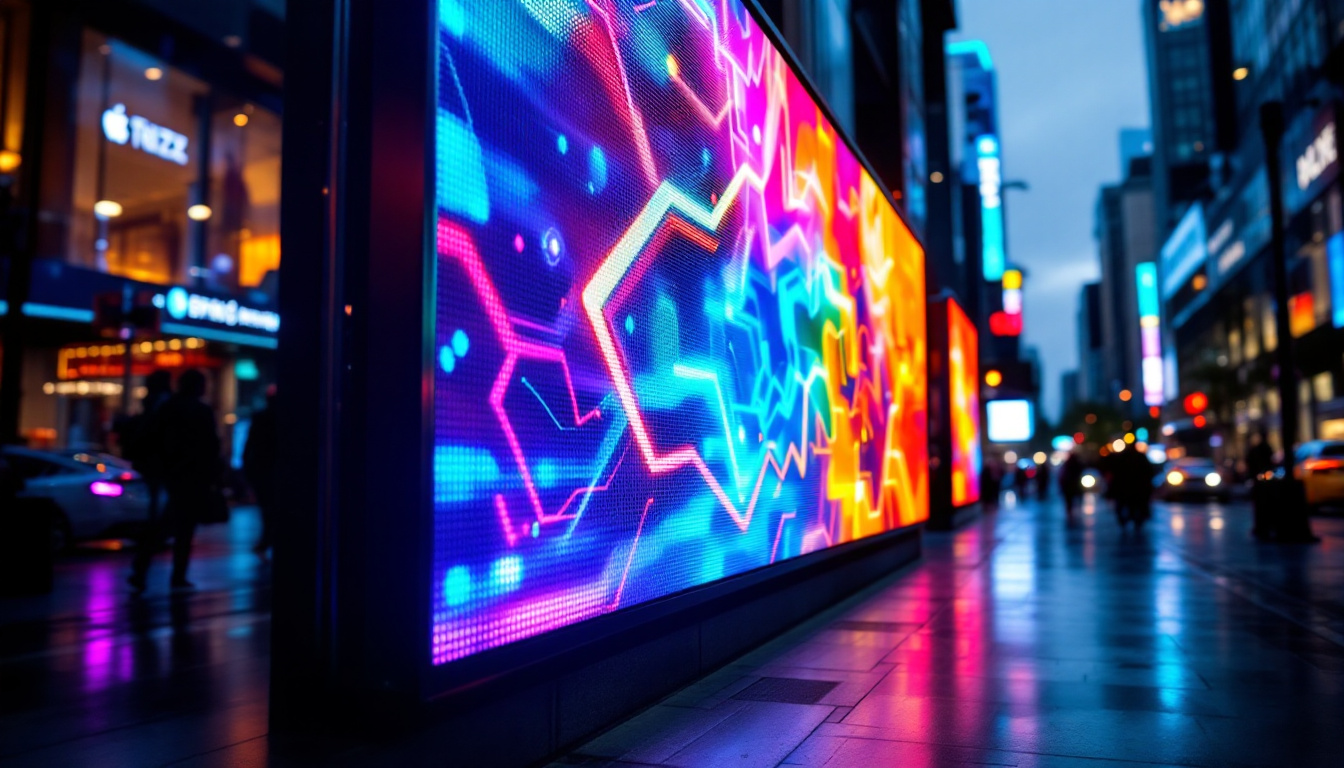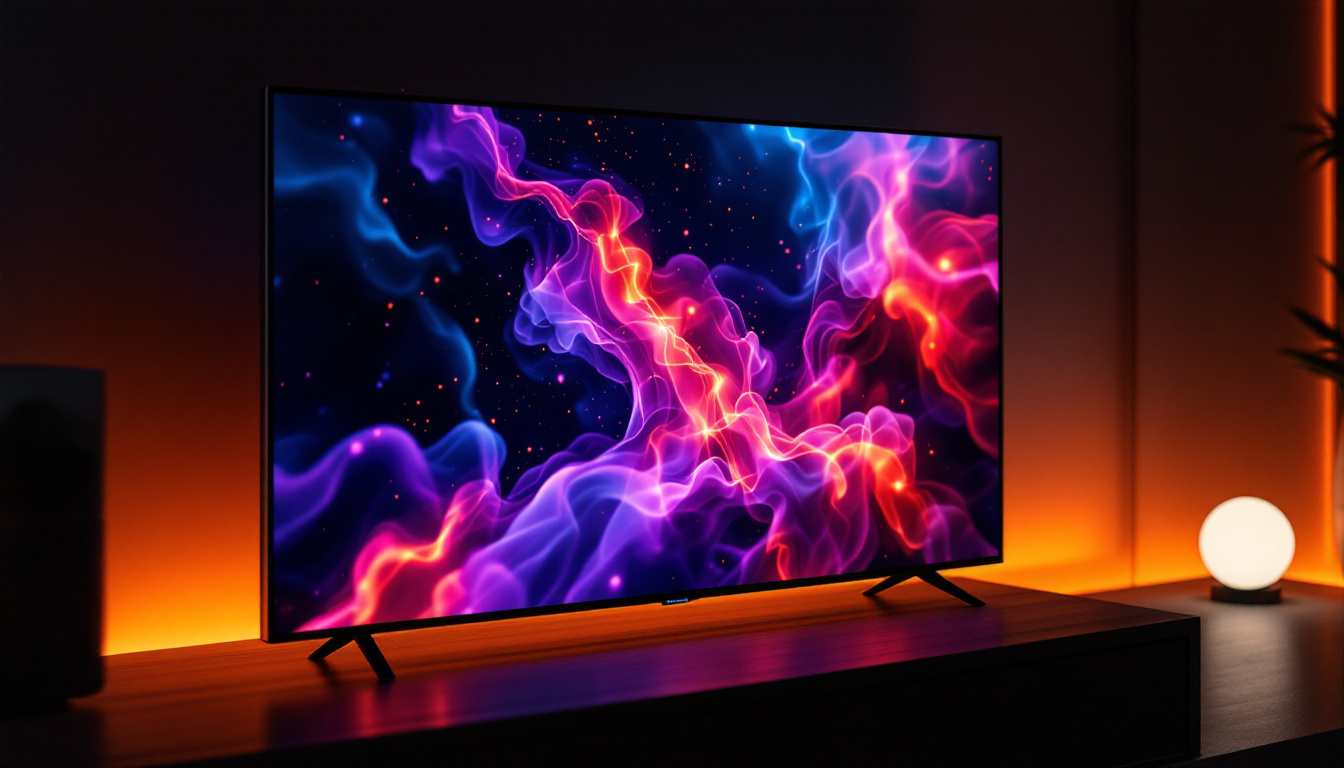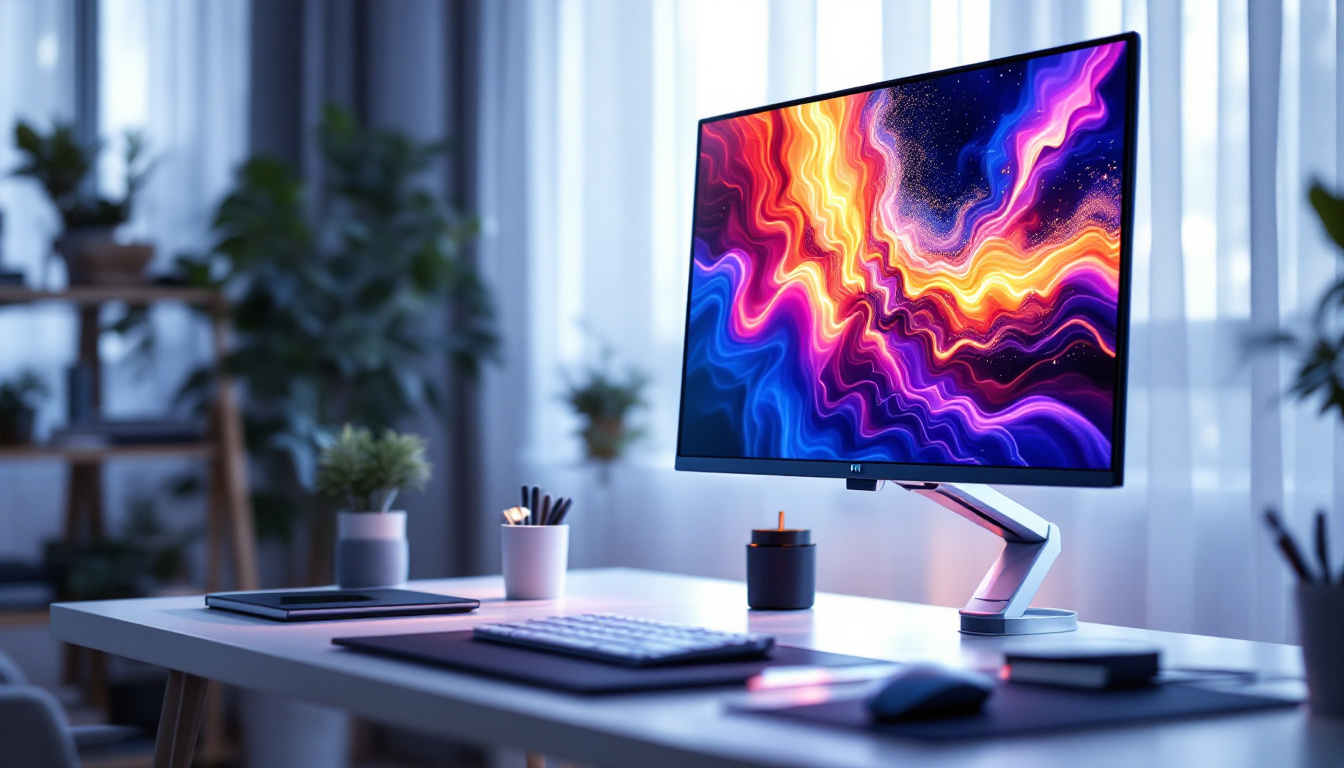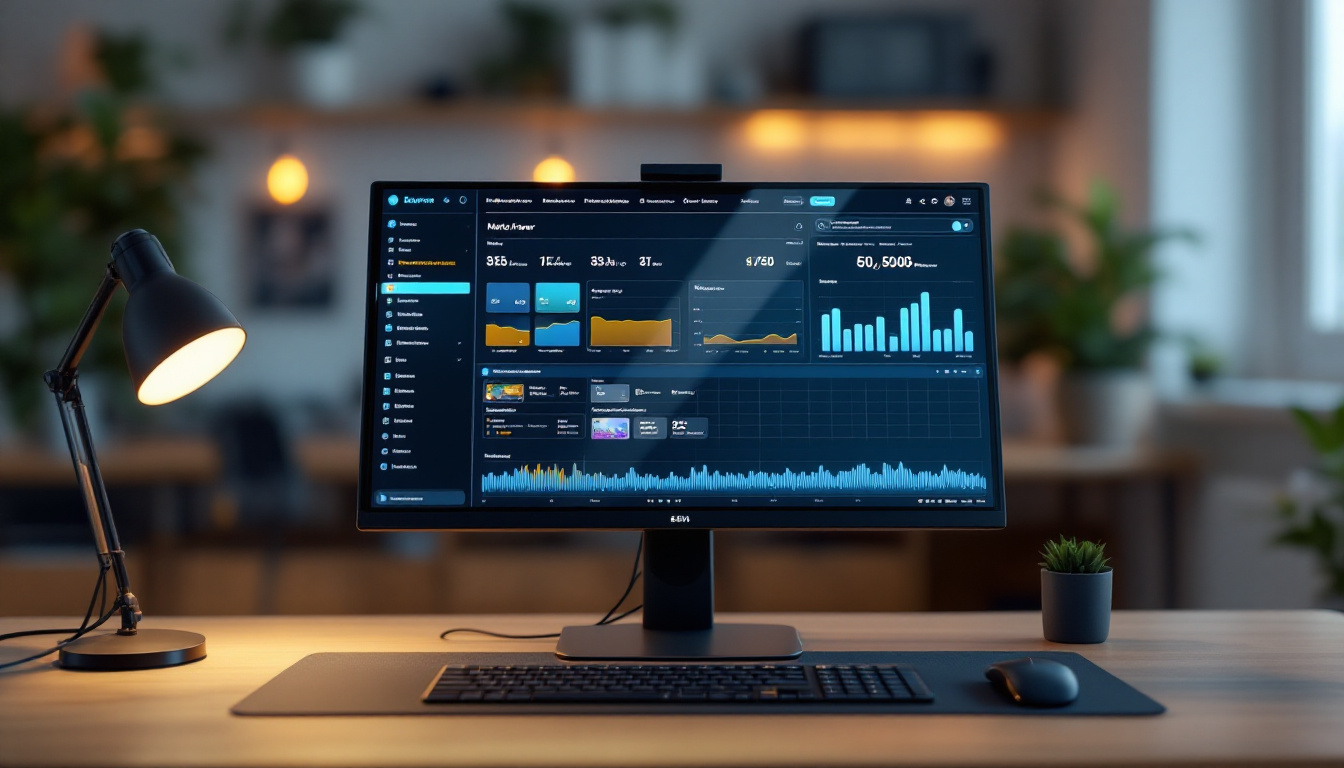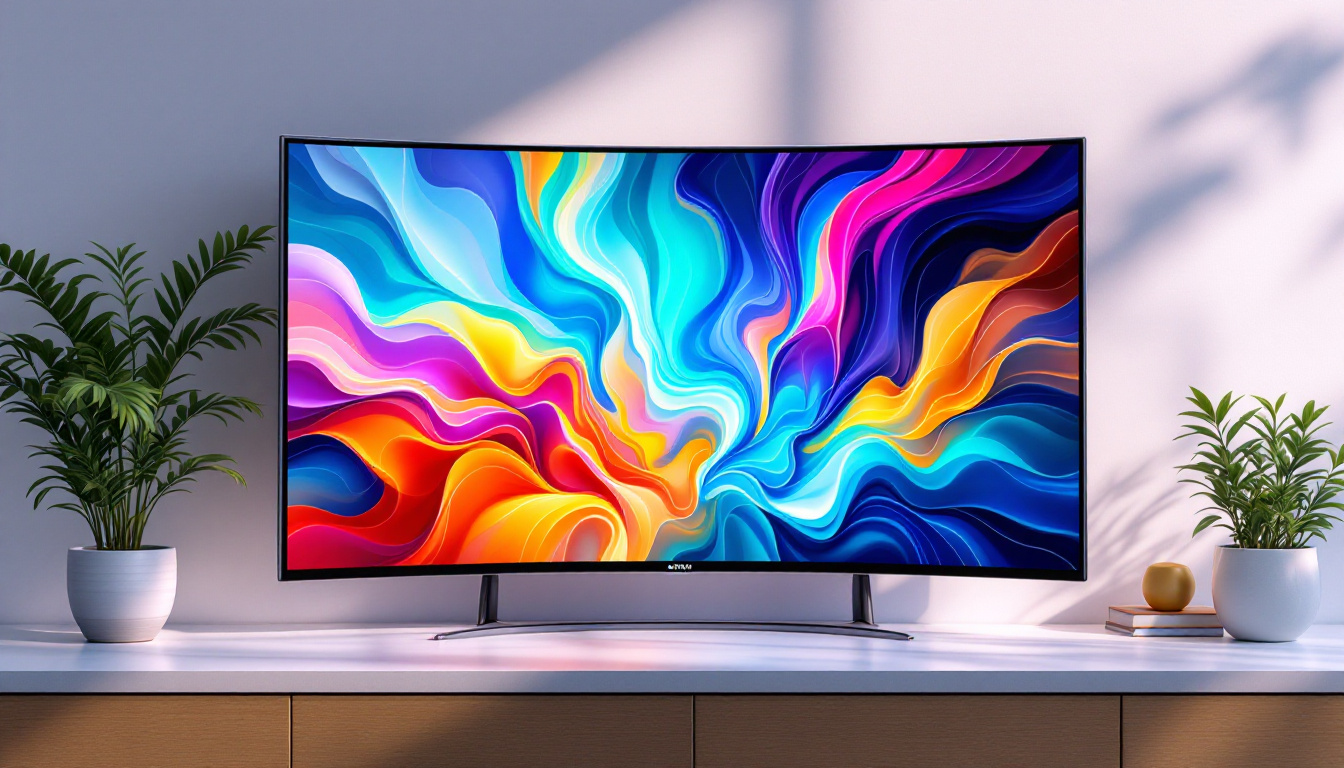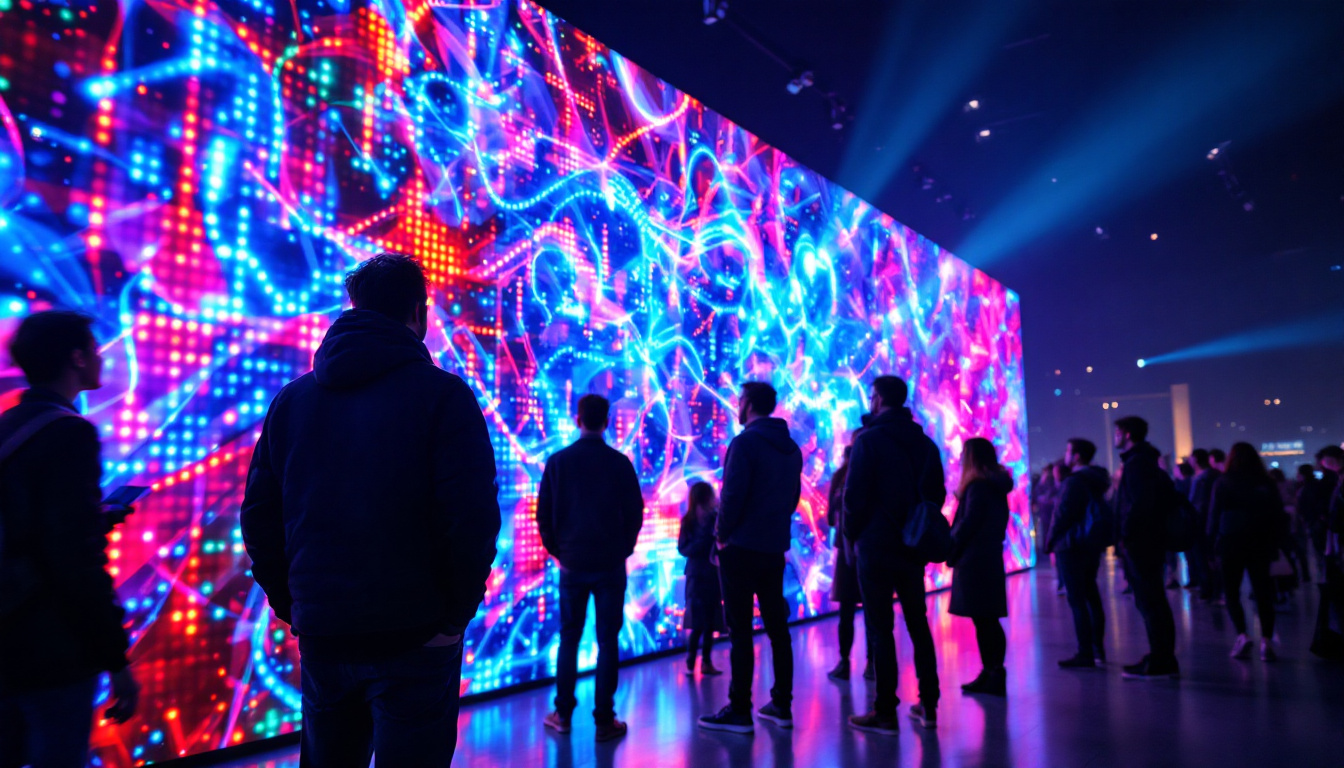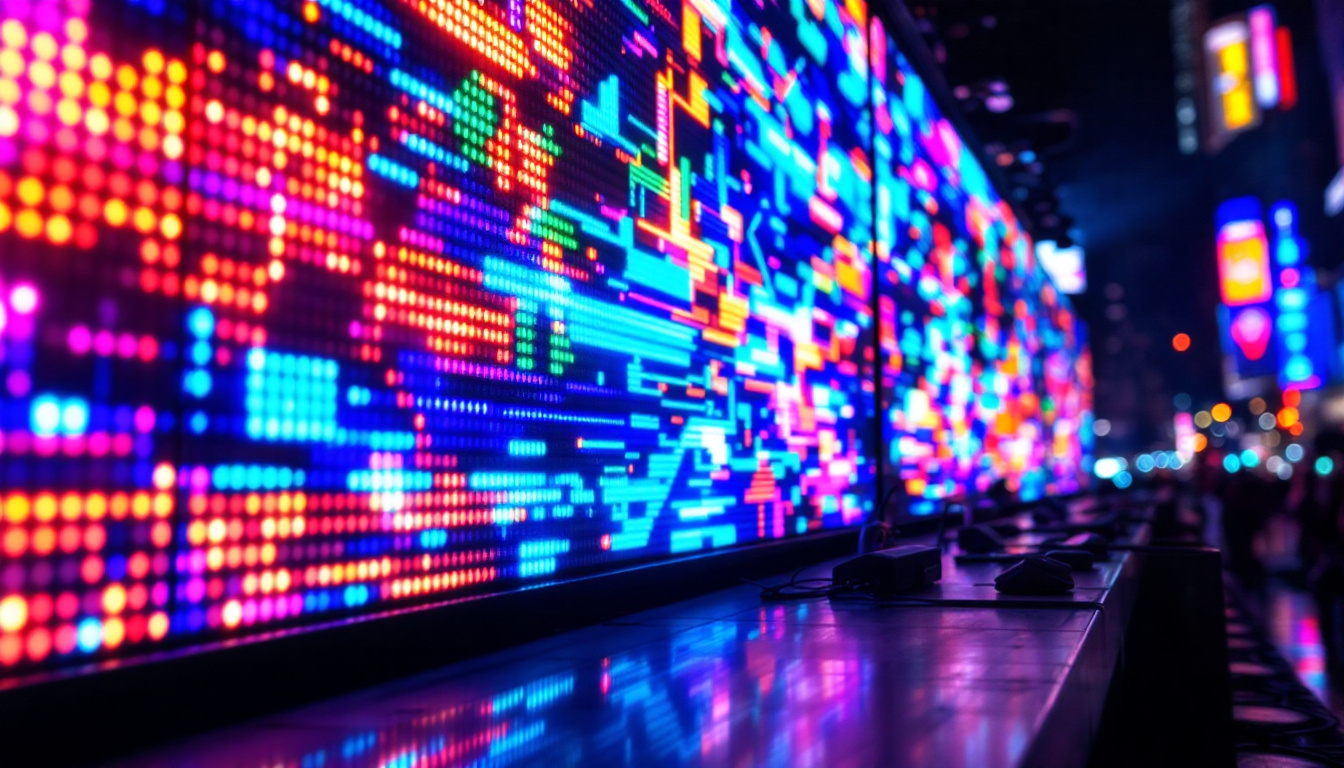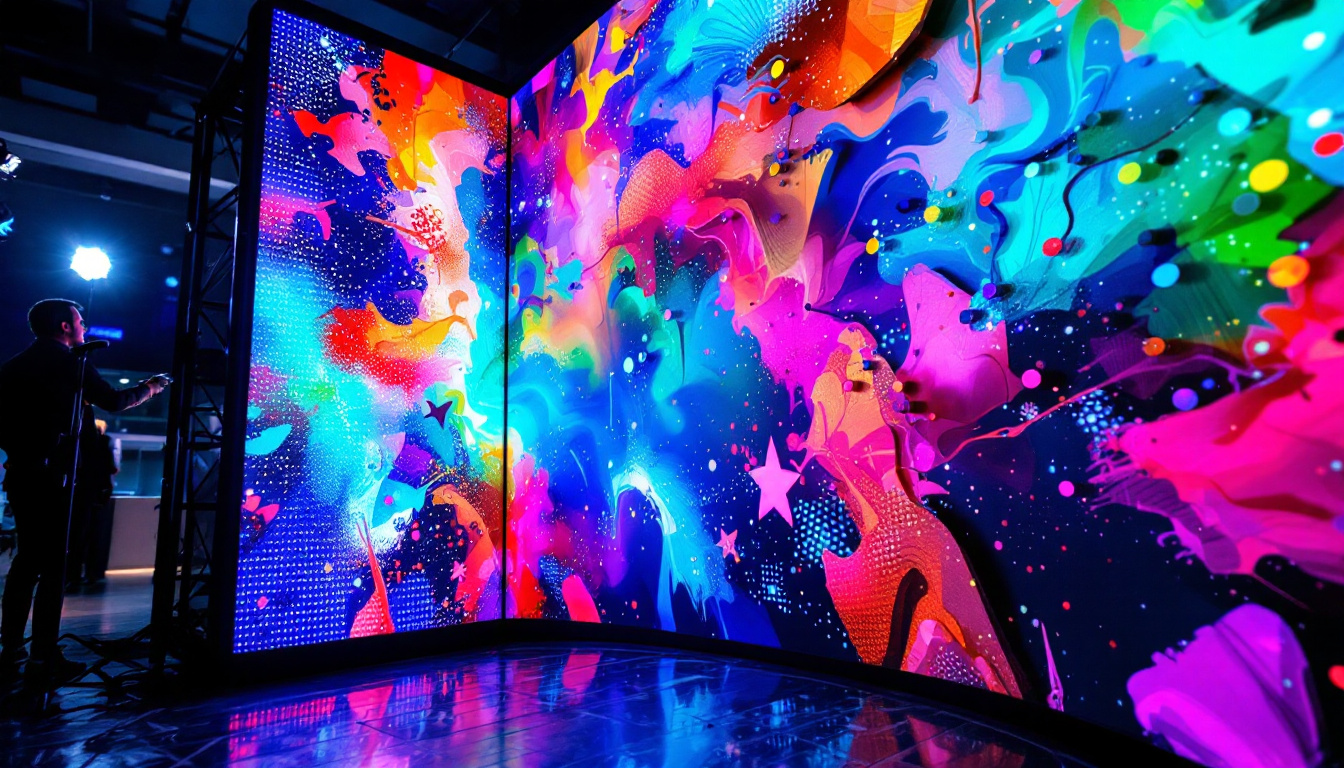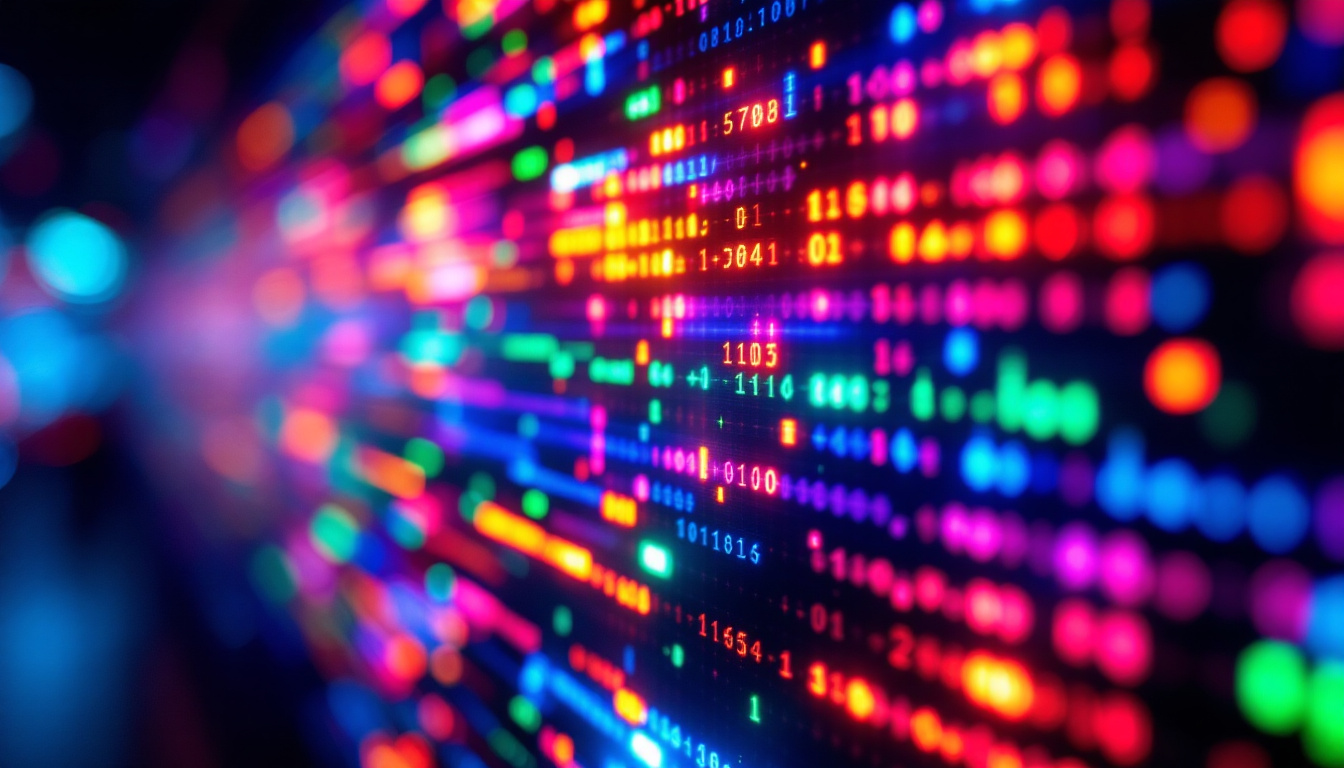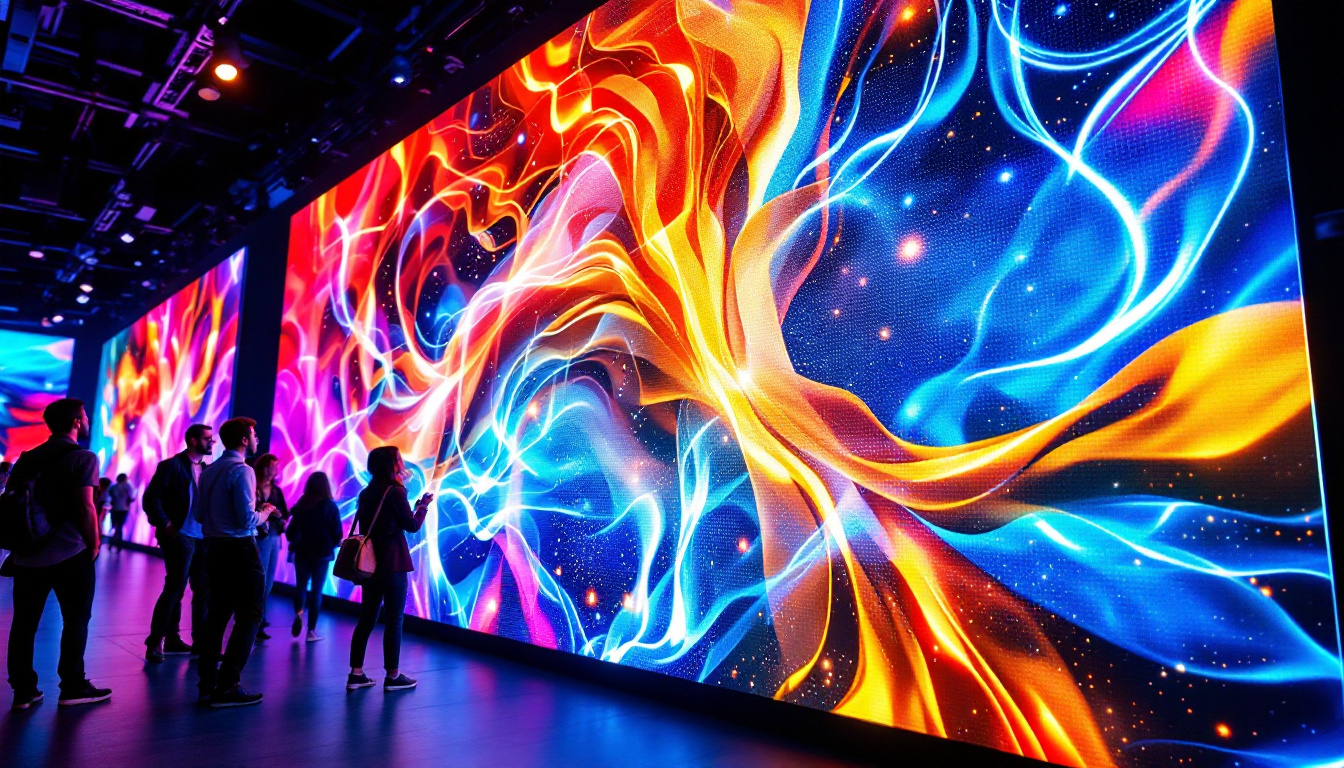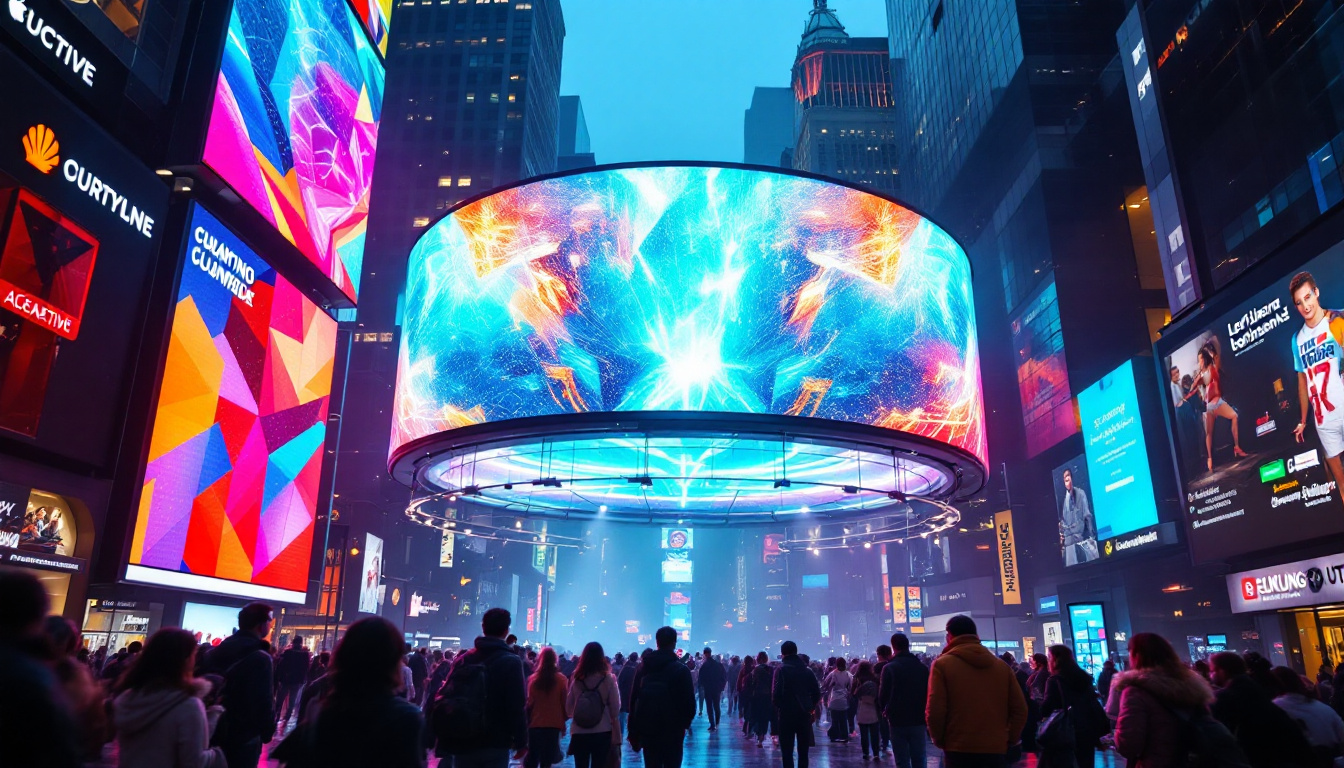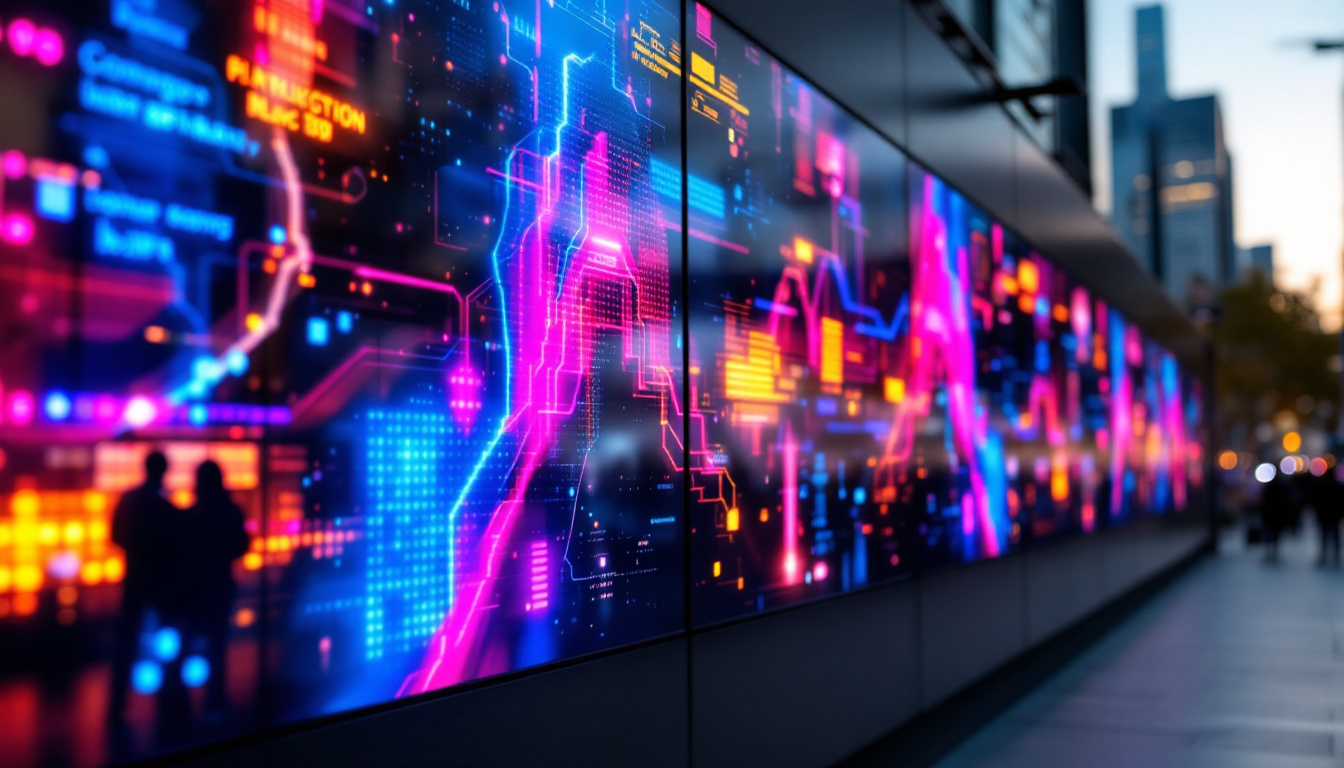In the world of display technology, the debate between LCD (Liquid Crystal Display) and LED (Light Emitting Diode) has been ongoing for years. As technology advances, consumers are often left wondering which option is superior for their needs. This article aims to clarify the differences between LCD and LED displays, exploring their features, advantages, and disadvantages, ultimately helping you make an informed decision.
Understanding LCD Technology
LCD technology has been a staple in the display industry for decades. It utilizes liquid crystals sandwiched between two layers of glass or plastic. When an electric current is applied, these crystals align to allow varying amounts of light to pass through, creating images on the screen.
How LCD Works
The operation of an LCD screen is relatively straightforward. The backlight, typically fluorescent, provides illumination. The liquid crystals modulate this light to produce colors and images. A color filter is applied to create the vibrant hues we see on the screen. However, the reliance on a backlight means that blacks may appear more like dark gray, leading to a less dynamic contrast ratio compared to LED displays. In recent years, advancements in technology have introduced variations such as IPS (In-Plane Switching) and VA (Vertical Alignment) panels, which enhance color accuracy and viewing angles, making LCDs even more versatile in their applications.
Advantages of LCD Displays
One of the primary advantages of LCD technology is its cost-effectiveness. LCD screens are generally less expensive to manufacture than their LED counterparts, making them a popular choice for budget-conscious consumers. Additionally, LCDs are lightweight and slim, making them easy to mount or transport. This portability has led to their widespread use in portable devices such as laptops and tablets, where space and weight are critical factors.
Moreover, LCD displays are known for their wide viewing angles. This characteristic allows multiple viewers to enjoy the same image without significant color distortion, making them suitable for group settings such as classrooms or conference rooms. The ability to maintain color fidelity from various angles enhances the collaborative experience, whether in a business meeting or a movie night with friends. Furthermore, the energy efficiency of LCD technology, especially in comparison to older CRT displays, contributes to lower electricity bills and a reduced carbon footprint, making them a more environmentally friendly option.
Disadvantages of LCD Displays
Despite their advantages, LCD displays come with certain drawbacks. The most notable is their limited contrast ratio. Since the backlight is always on, blacks can appear washed out. Furthermore, LCDs may struggle with fast-moving images, leading to motion blur, which can be a concern for gamers and sports enthusiasts. This limitation has prompted manufacturers to develop technologies like motion smoothing and higher refresh rates, which aim to mitigate these issues and provide a smoother viewing experience. Additionally, the color reproduction on standard LCDs may not match the vibrancy and depth offered by OLED displays, which can be a deciding factor for professionals in fields like graphic design and video editing who require precise color accuracy.
Exploring LED Technology
LED technology, while often considered a subset of LCD, employs a different approach to backlighting. Instead of using fluorescent lights, LED displays utilize light-emitting diodes to illuminate the screen. This fundamental difference leads to various enhancements in image quality and energy efficiency. The transition from traditional backlighting methods to LED has revolutionized the display industry, allowing for thinner screens and more versatile designs that can fit into a variety of environments, from homes to commercial spaces.
The Mechanics of LED Displays
LED displays can be categorized into two main types: edge-lit and full-array. Edge-lit LED displays have LEDs placed along the edges of the screen, while full-array models feature a grid of LEDs behind the screen. Full-array displays often provide better contrast and color accuracy due to local dimming capabilities, allowing for deeper blacks and brighter whites. Furthermore, advancements in technology have led to the development of mini-LED and micro-LED displays, which utilize even smaller diodes to create more precise lighting control, enhancing the overall viewing experience with improved brightness and contrast ratios.
Advantages of LED Displays
One of the standout features of LED technology is its superior contrast ratio. The ability to achieve true blacks enhances the overall viewing experience, particularly in dark scenes. Additionally, LED displays are more energy-efficient than traditional LCDs, consuming less power while delivering higher brightness levels. This energy efficiency not only contributes to lower electricity bills but also makes LED displays a more environmentally friendly option, as they reduce the carbon footprint associated with energy consumption.
Another significant advantage is the color accuracy and vibrancy that LED displays offer. With improved brightness and a wider color gamut, LED screens can reproduce colors more faithfully, making them ideal for graphic design and photography applications. The advancements in color technology, including HDR (High Dynamic Range) support, allow for a more dynamic range of colors and luminance, enabling viewers to experience content as it was intended to be seen, with stunning detail and realism.
Disadvantages of LED Displays
While LED displays excel in many areas, they are not without their downsides. The initial cost of LED technology can be higher than that of LCDs, which may deter some consumers. Additionally, the viewing angles can sometimes be narrower, particularly in edge-lit models, leading to color shifts when viewed from the side. This limitation can be particularly noticeable in larger screens where multiple viewers may be watching from different angles, making it essential for consumers to consider their viewing environment when selecting an LED display.
Moreover, some users may experience issues with uniformity in brightness, especially in lower-quality LED displays where the backlighting may not be evenly distributed. This can lead to noticeable hotspots or areas of the screen that are brighter than others, detracting from the overall viewing experience. As technology continues to evolve, manufacturers are working to address these challenges, striving to create displays that not only meet but exceed consumer expectations in terms of performance and reliability.
Comparative Analysis: LCD vs. LED
When evaluating LCD and LED displays, it’s essential to consider various factors that affect performance and user experience. Below is a comparative analysis that highlights key aspects of both technologies.
Image Quality
Image quality is often the most critical factor for consumers. LED displays generally outperform LCDs in this area due to their superior contrast ratios and color accuracy. The ability to achieve true blacks enhances the overall clarity and depth of images, making LED displays the preferred choice for movie enthusiasts and gamers alike.
Energy Efficiency
Energy efficiency is another area where LED displays shine. With their lower power consumption, LED screens are more environmentally friendly and can lead to cost savings on electricity bills over time. In contrast, traditional LCDs, especially those with fluorescent backlighting, tend to consume more energy.
Cost Considerations
Cost is often a decisive factor for many consumers. LCD displays are typically more affordable upfront, making them an attractive option for those on a budget. However, the long-term savings associated with LED displays, due to their energy efficiency and durability, may offset the initial investment.
Applications of LCD and LED Displays
Both LCD and LED displays have found their niches in various applications, from consumer electronics to professional settings. Understanding these applications can help consumers choose the right technology for their needs.
Consumer Electronics
In the realm of consumer electronics, both LCD and LED displays are prevalent in televisions, computer monitors, and smartphones. While LED technology is becoming increasingly common in high-end models, LCDs remain popular for budget-friendly options.
Professional Use
In professional environments, such as graphic design studios and video editing suites, LED displays are often favored for their color accuracy and high resolution. Conversely, LCDs may still be used in office settings for general tasks where image quality is less critical.
Outdoor and Public Displays
LED technology has become the go-to choice for outdoor and public displays, such as billboards and digital signage. The brightness and visibility of LED screens make them ideal for environments with high ambient light, where LCDs may struggle to compete.
Future Trends in Display Technology
The display technology landscape is continually evolving, with innovations emerging that could change the way consumers view LCD and LED displays. Understanding these trends can provide insight into future developments in the industry.
OLED Technology
One of the most significant advancements in display technology is OLED (Organic Light Emitting Diode). Unlike traditional LED displays, OLED panels emit their light, allowing for even greater contrast ratios and color accuracy. As OLED technology becomes more affordable, it could challenge both LCD and LED displays for market dominance.
MicroLED Displays
MicroLED is another emerging technology that promises to deliver the benefits of OLED without some of its drawbacks, such as burn-in issues. MicroLED displays consist of tiny, self-emitting pixels, offering exceptional brightness and contrast. As this technology matures, it may redefine the standards for display quality.
Smart Displays and Integration
As the Internet of Things (IoT) continues to expand, smart displays that integrate with home automation systems are gaining popularity. Both LCD and LED technologies are being adapted to create interactive, connected displays that enhance user experience in homes and workplaces.
Conclusion: Making the Right Choice
Ultimately, the choice between LCD and LED displays depends on individual needs and preferences. For those seeking budget-friendly options with decent performance, LCD displays remain a viable choice. However, for consumers prioritizing image quality, energy efficiency, and vibrant colors, LED technology is the clear winner.
As technology continues to advance, staying informed about the latest developments will ensure that consumers can make educated decisions when purchasing display devices. Whether opting for LCD or LED, understanding the strengths and weaknesses of each technology will lead to a more satisfying viewing experience.
In conclusion, both LCD and LED displays have their unique advantages and disadvantages. The decision ultimately hinges on specific requirements, budget constraints, and personal preferences. By weighing the factors discussed in this article, consumers can confidently choose the display technology that best meets their needs.
Discover the Future of Visual Experience with LumenMatrix
Ready to elevate your visual experience with the latest in LED display technology? Look no further than LumenMatrix, a pioneer in crafting immersive and dynamic visual solutions. From Indoor and Outdoor LED Wall Displays to innovative LED Sports and Floor Displays, LumenMatrix offers a comprehensive range of products designed to bring your brand to life. Whether you’re looking to captivate your audience, enhance engagement, or communicate your message with unparalleled clarity, our LED display modules are tailored to meet your needs. Check out LumenMatrix LED Display Solutions today and join the revolution in visual communication.

